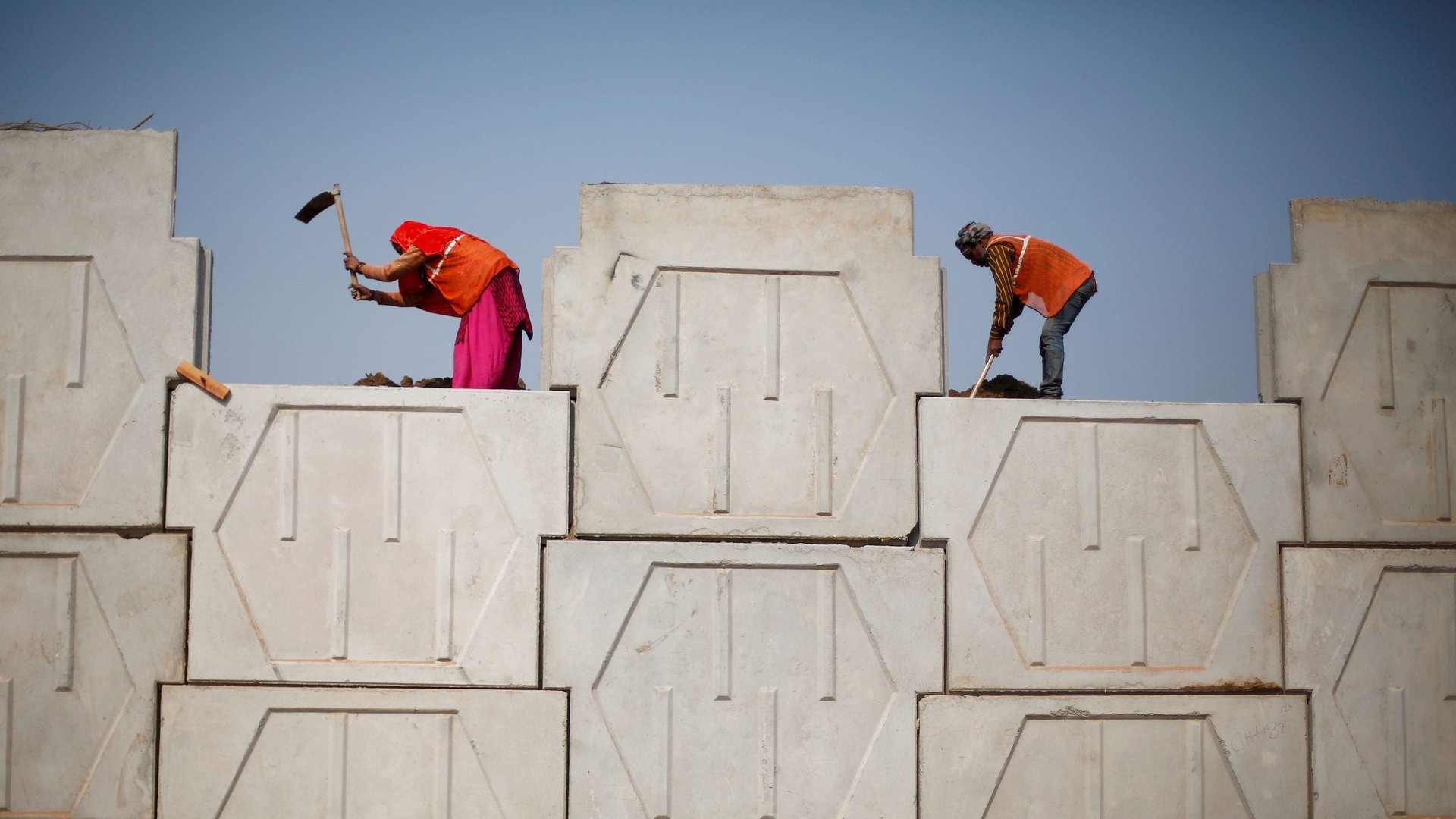India will overtake the US economy by 2030
A new world economic order is in the making, with today’s emerging markets, including India, at the heart of it.


A new world economic order is in the making, with today’s emerging markets, including India, at the heart of it.
India is likely to become the world’s second-largest economy by 2030, next only to China and overtaking the US, according to Standard Chartered’s long-term forecast released on Jan. 08. The UK-based multinational bank also predicts that based on nominal GDP using purchasing power parity exchange rates, China will overtake the US by 2020.
Current emerging markets will likely make up the majority of the 10 biggest economies by 2030.
Standard Chartered has raised growth forecasts for China and India from its projections in 2013. “India will likely be the main mover, with its trend growth accelerating to 7.8% by the 2020s partly due to ongoing reforms, including the introduction of a national goods and services tax (GST) and the Indian Bankruptcy Code (IBC),” says the report.
Launched in 2017, the GST attempts to simplify India’s cumbersome tax regime, while the IBC, rolled out in 2016, consolidates the country’s bankruptcy and insolvency laws.
“Our long-term growth forecasts are underpinned by one key principle: Countries’ share of world GDP should eventually converge with their share of the world’s population, driven by the convergence of per-capita GDP between advanced and emerging economies,” the report adds.
Jobs, jobs, jobs
Ageing populations are likely to weigh on global growth, but India, home to the world’s largest group of young people, will remain unfazed, Standard Charted notes. Half of the country’s population is under the age of 25.
The bank expects “the rising aspirations of a young population to continue to support consumerism in India’s economy.”
But a young demographic also creates a demand for massive employment. About 100 million new jobs must be created in the manufacturing and service sectors by 2030, according to the report. To achieve this, it says, the government needs to close a widening skills gap, raise the participation of women in the workforce, and ease labour laws.
“India needs to train circa 10 million people annually, but currently has the capacity to train just 4.5 million,” the report says.
It also calls for reforms to boost spending on infrastructure and reduce growing economic inequality in the country.